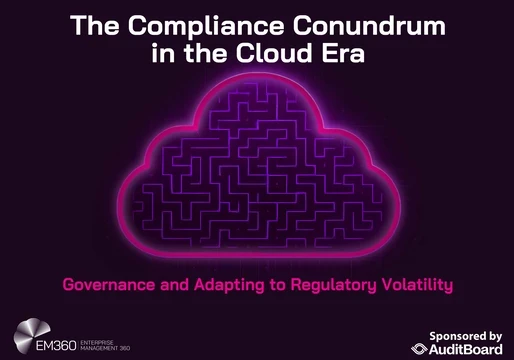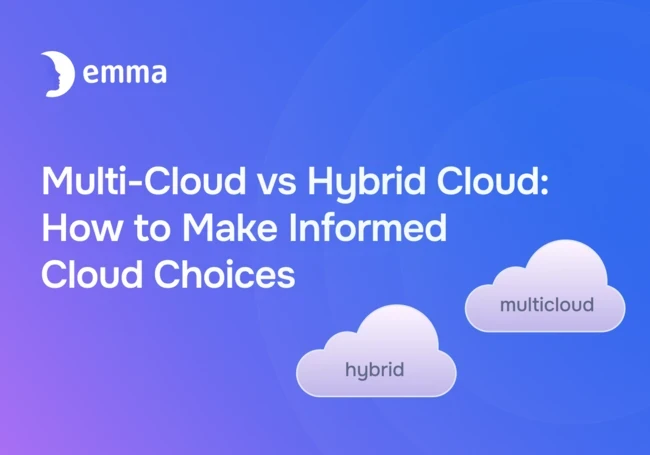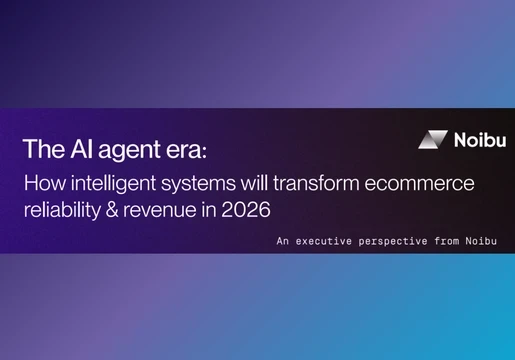First things first: What are hybrid and multi-cloud exactly? To put it simply, hybrid cloud “integrates” public and private cloud environments. The main requirement is having both privately owned infrastructure and at least one public cloud. For example, an organization hosts sensitive data and workloads using that on-premise while non-sensitive applications run on a public cloud, such as AWS, Azure, or GCP.
A multi-cloud simply “combines” more than one public cloud. An organization that uses infrastructure or services from two or more CSPs, even if there is no connection between them, is a multi-cloud company. For example, an organization uses AWS for hosting its main application infrastructure but uses GCP for AI and data analytics workloads, in particular.
Next, it’s important to decide which works best for you. Enterprise cloud and infrastructure needs are diverse and frequently evolve. They require careful technical planning and a sound strategy. For instance, if your primary cloud service provider (CSP) doesn’t have a data center in a country you need to accommodate for data residency requirements, you need the agility to add an on-premise factor or an additional cloud provider to your cloud landscape. Hybrid and multi-cloud approaches can give you this flexibility and agility to respond to changing needs and business aspirations, of which regional requirements are just one of many factors.
Download to learn more!








Comments ( 0 )